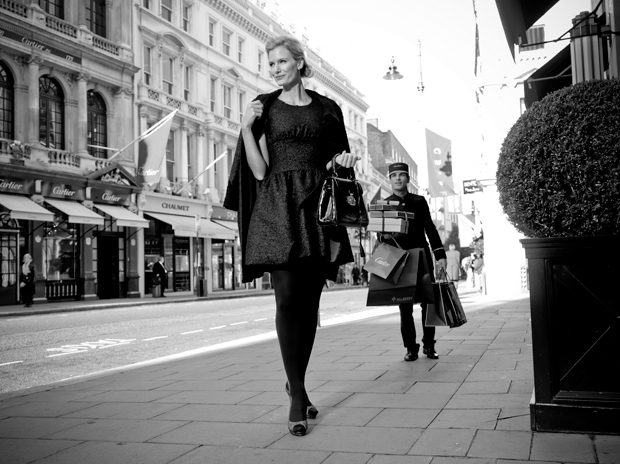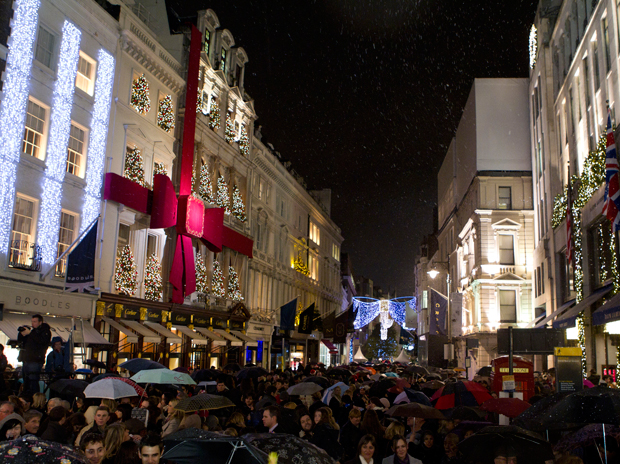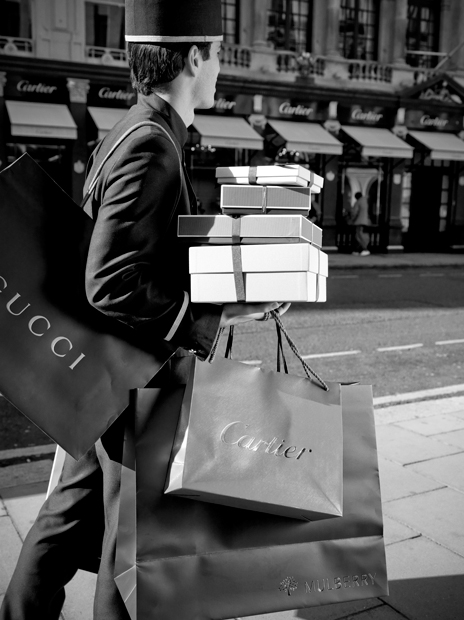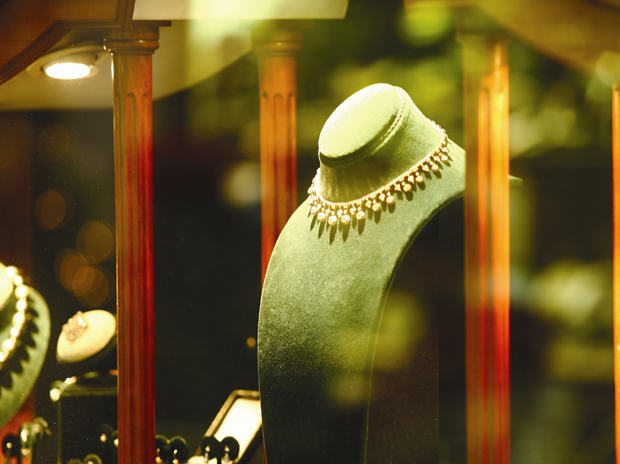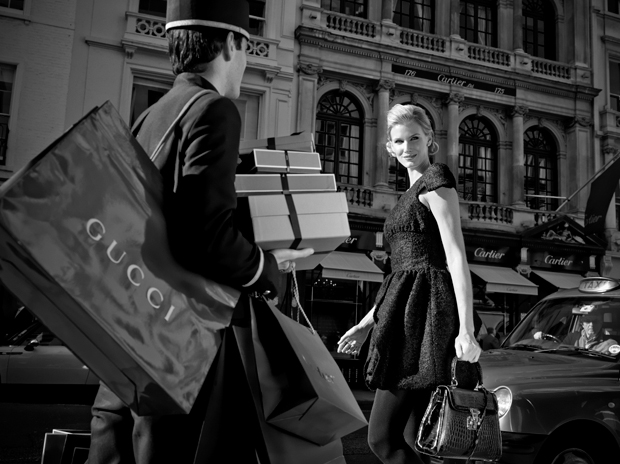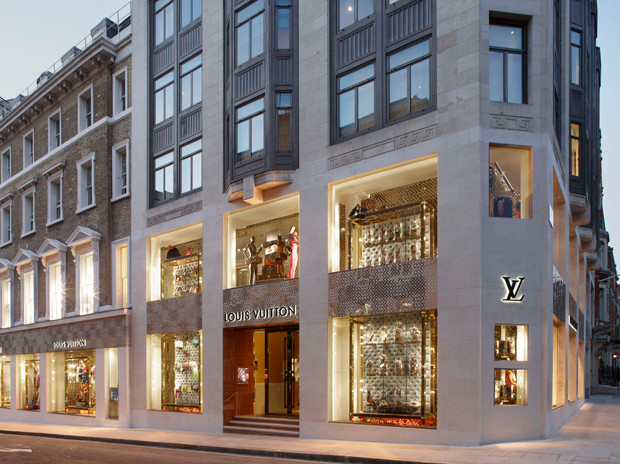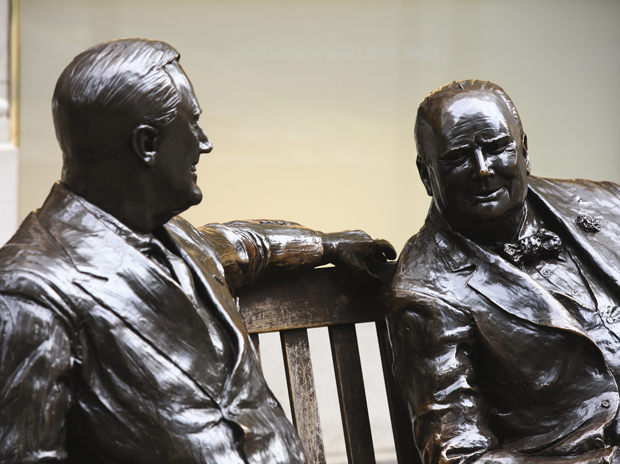

London is a city full of history. It is written on its ancient twisting streets. It is also a city through whose veins pulses the quicksilver of style and vanguard. Nowhere are these characteristics more evident than in Bond Street.
It is named after Sir Thomas Bond, the nobleman and royal courtier who in 1686 began developing a new town from a swampland noted for its highwayman. The notorious and outlandish style of these dandified stick-up artists of urban legend does seem to foreshadow much of Bond Street’s lavishly scandalous history.
As what has become Central London and its West End emerged from the muddy lanes and parkland over the subsequent years, Old Bond Street having been taken as residences by noble households, New Bond Street was finally extended to Oxford Street in 1721. By the 19th Century, it had become one of the capital’s most fashionable addresses, but a far cry from the aristocratic new town that Bond had envisaged.
Bond Street instead predicated elite retail meccas by decades, if not centuries, by becoming the place where the cream of society came not only to get fitted out in the latest trends, but also to furnish their lives. Jewelry stores, haberdashers, and boot makers sprang up to service the exacting and exorbitant demands of the fashionable.
Residences there were, but they were in fact precursors to the pied-à-terre - small apartments that overlooked the street level cut and thrust and were maintained by wealthy socialites as a launching pad for their stylistic and social sorties. This luxuriously transient community has included a remarkable roster of histories non-conformists over the years - including William Pitt the elder, Henry Fielding (who wrote part of Tom Jones whilst staying on the street), James Boswell, Sir Walter Scott, Sir David Garrick, Sir Joshua Reynolds, Dr. Johnson and Lord Byron.
Bond Street and its teeming pavements were the runways and catwalks for these aristocratic clotheshorses, these strolling trendsetters were in Bond Street to see and be seen, and with time, the atmosphere took on an ever more outlandish tone. Reveling in their own infamy, the Bond Street Loungers even created a highly distinctive and much imitated walk, known as the Bond Street Roll.
The most famous dandy of them all, Beau Brummell, was renowned for his daily visits to his personal tailor with his Regency Dandies and following which they were known to browse the shops and frequent the superlatively lewd “sporting” hotels. In these dandified days, the area had an overpoweringly masculine atmosphere, to the point where ladies were only permitted to be seen in public before midday on Bond Street - and only if chaperoned.
Whilst this facet of Bond Street’s history remains thankfully and firmly in the past, what this original retail mecca has retained is its tangible style and a sensibility so luxuriously esoteric that only a retail center serving some of the world’s most affluent shoppers could possibly provide. Holding the highest number of Royal Warrants, the bearer of which is a certified supplier to the Royal household, on a single street, Bond Street effortlessly mixes society haberdashers, art galleries and auction houses (such as world famous Sotheby’s) with a comprehensive selection of the world’s elite retailers.
It is easier to indentify the high end clothing and jewelry designers and luxury brands that do not feature on Bond Street today than those that do, but on one single block of Old Bond Street, Yves Saint Laurent, Chanel and Tiffany & Co. rub shoulders with exclusive international boutique brands such as Akris and Leviev.
Bond Street has come to be woven into the fabric of the historic city with which it has grown over the passage of decades and wears its riches with the lightness of those born to them. As Beau Brummell with his dandy’s wit is alleged to have replied when asked how much it would cost to keep a single man in clothes:
"Why, with tolerable economy, I think it might be done with £800 [approximately £27,000 today]."
- Benjamin Stewart
Bond Street
Address: London, W1
Website: www.bondstreet.co.uk
It is named after Sir Thomas Bond, the nobleman and royal courtier who in 1686 began developing a new town from a swampland noted for its highwayman. The notorious and outlandish style of these dandified stick-up artists of urban legend does seem to foreshadow much of Bond Street’s lavishly scandalous history.
As what has become Central London and its West End emerged from the muddy lanes and parkland over the subsequent years, Old Bond Street having been taken as residences by noble households, New Bond Street was finally extended to Oxford Street in 1721. By the 19th Century, it had become one of the capital’s most fashionable addresses, but a far cry from the aristocratic new town that Bond had envisaged.
Bond Street instead predicated elite retail meccas by decades, if not centuries, by becoming the place where the cream of society came not only to get fitted out in the latest trends, but also to furnish their lives. Jewelry stores, haberdashers, and boot makers sprang up to service the exacting and exorbitant demands of the fashionable.
Residences there were, but they were in fact precursors to the pied-à-terre - small apartments that overlooked the street level cut and thrust and were maintained by wealthy socialites as a launching pad for their stylistic and social sorties. This luxuriously transient community has included a remarkable roster of histories non-conformists over the years - including William Pitt the elder, Henry Fielding (who wrote part of Tom Jones whilst staying on the street), James Boswell, Sir Walter Scott, Sir David Garrick, Sir Joshua Reynolds, Dr. Johnson and Lord Byron.
Bond Street and its teeming pavements were the runways and catwalks for these aristocratic clotheshorses, these strolling trendsetters were in Bond Street to see and be seen, and with time, the atmosphere took on an ever more outlandish tone. Reveling in their own infamy, the Bond Street Loungers even created a highly distinctive and much imitated walk, known as the Bond Street Roll.
The most famous dandy of them all, Beau Brummell, was renowned for his daily visits to his personal tailor with his Regency Dandies and following which they were known to browse the shops and frequent the superlatively lewd “sporting” hotels. In these dandified days, the area had an overpoweringly masculine atmosphere, to the point where ladies were only permitted to be seen in public before midday on Bond Street - and only if chaperoned.
Whilst this facet of Bond Street’s history remains thankfully and firmly in the past, what this original retail mecca has retained is its tangible style and a sensibility so luxuriously esoteric that only a retail center serving some of the world’s most affluent shoppers could possibly provide. Holding the highest number of Royal Warrants, the bearer of which is a certified supplier to the Royal household, on a single street, Bond Street effortlessly mixes society haberdashers, art galleries and auction houses (such as world famous Sotheby’s) with a comprehensive selection of the world’s elite retailers.
It is easier to indentify the high end clothing and jewelry designers and luxury brands that do not feature on Bond Street today than those that do, but on one single block of Old Bond Street, Yves Saint Laurent, Chanel and Tiffany & Co. rub shoulders with exclusive international boutique brands such as Akris and Leviev.
Bond Street has come to be woven into the fabric of the historic city with which it has grown over the passage of decades and wears its riches with the lightness of those born to them. As Beau Brummell with his dandy’s wit is alleged to have replied when asked how much it would cost to keep a single man in clothes:
"Why, with tolerable economy, I think it might be done with £800 [approximately £27,000 today]."
- Benjamin Stewart
Bond Street
Address: London, W1
Website: www.bondstreet.co.uk
Bond Street






